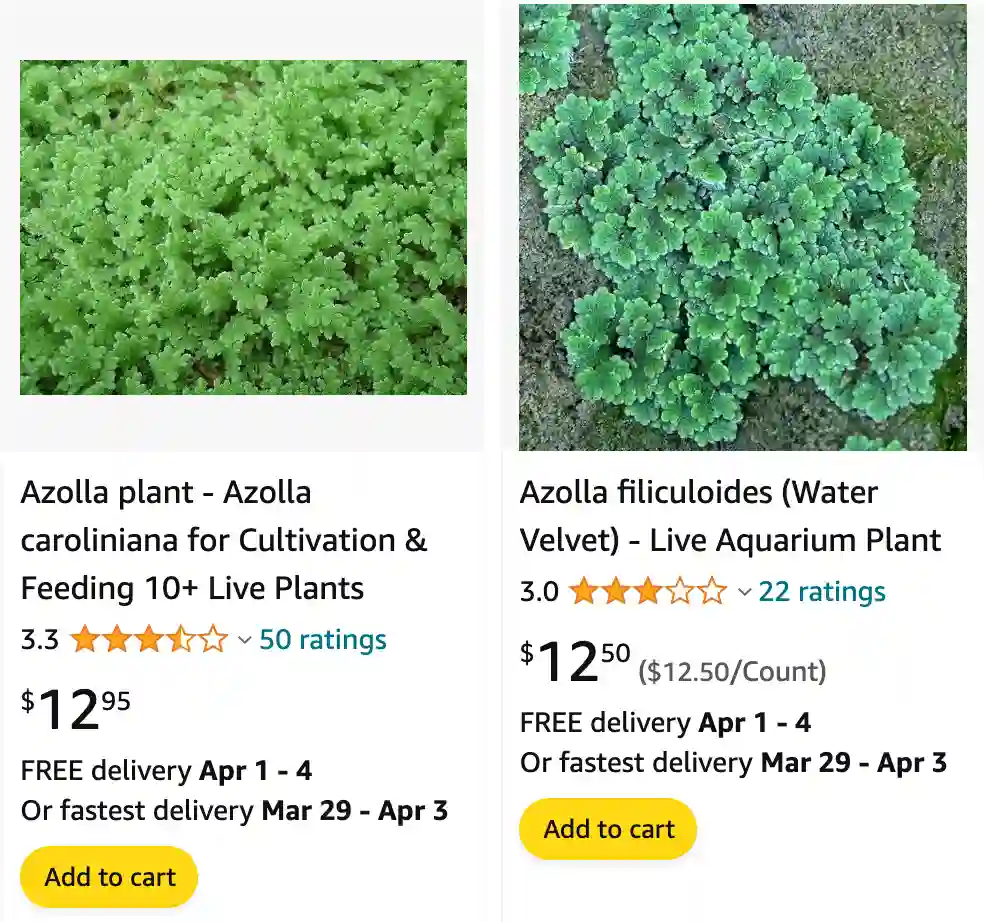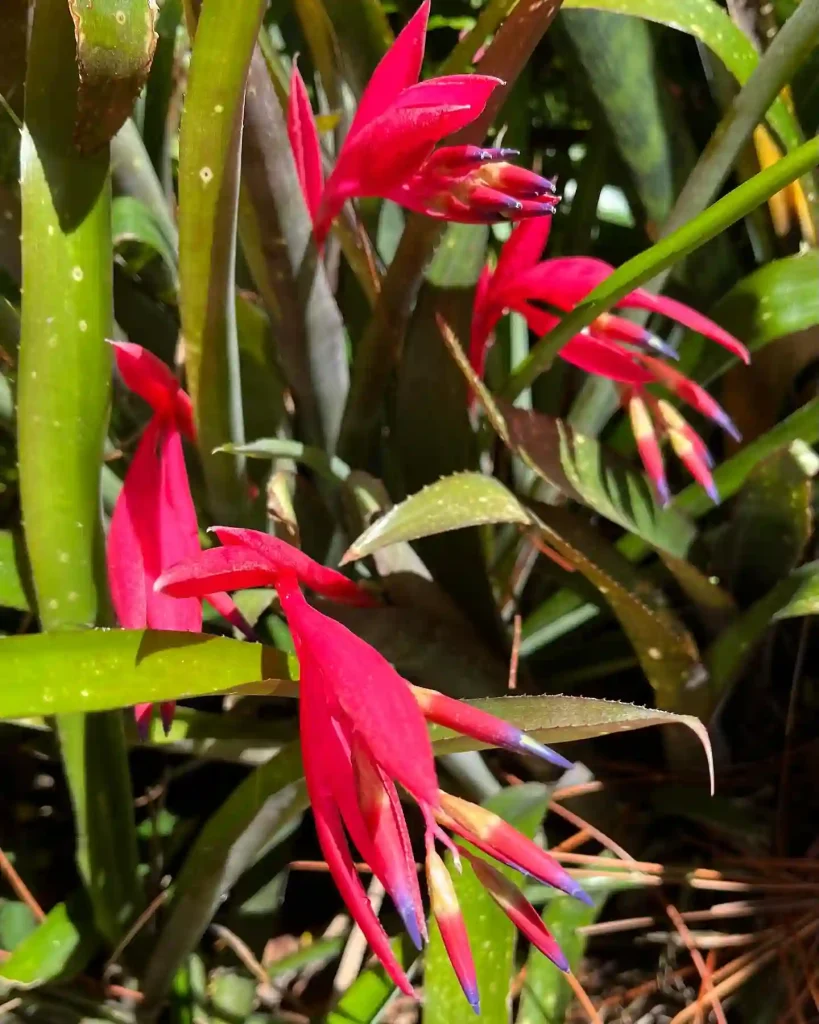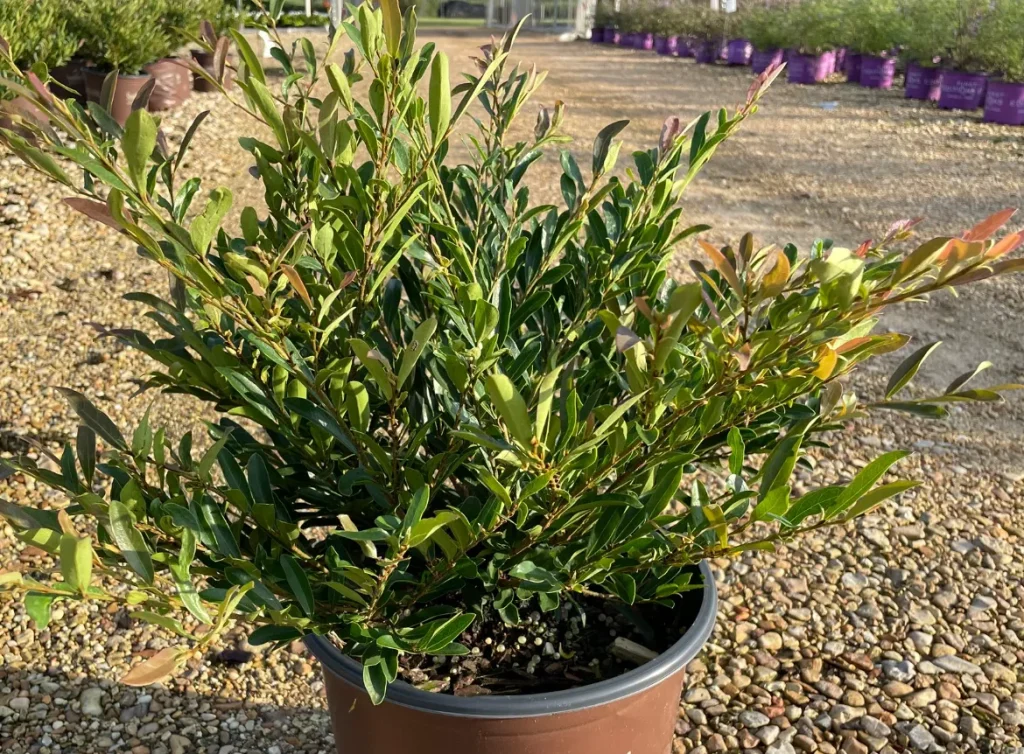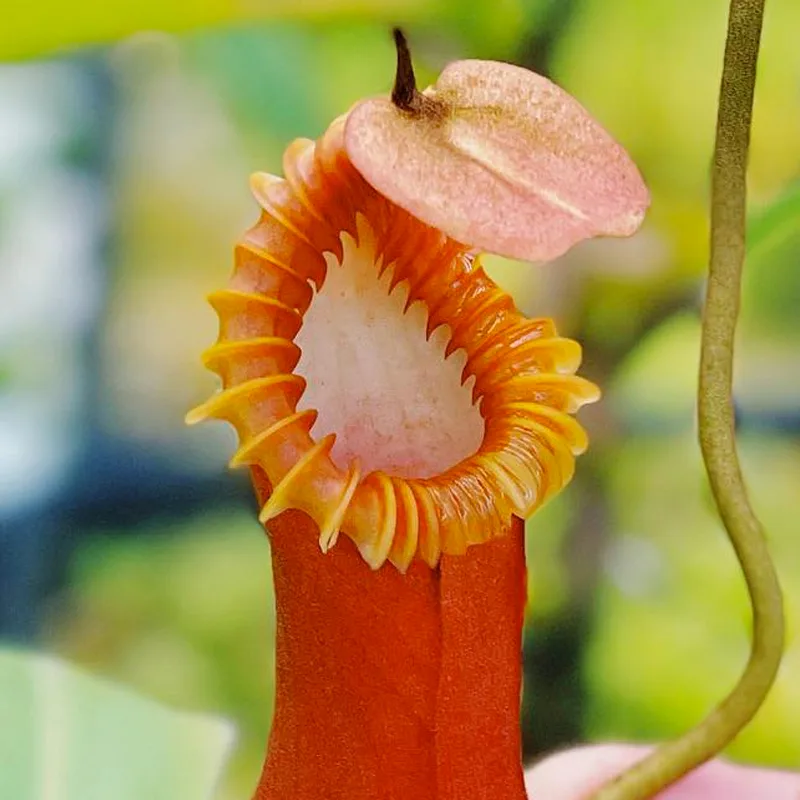
Unveiling the Mysteries of Azolla pinnata: FAQs
As an avid enthusiast of plants and their contributions to agriculture, I often find myself delving into the realm of lesser-known botanical wonders. Azolla pinnata, with its intriguing properties and potential, has captured my curiosity. In this article, I aim to address some frequently asked questions about this fascinating aquatic fern.
8 Species in Genus Azolla
What is Azolla pinnata?
Azolla pinnata, commonly known as mosquito fern, is a species of aquatic fern that belongs to the Azollaceae family. This tiny yet remarkable plant is found floating on the surface of still waters such as ponds, lakes, and slow-moving streams. It is characterized by its small size, vibrant green color, and intricate branching patterns.
What is the biological significance of Azolla pinnata in agriculture?
Azolla pinnata holds significant biological importance, particularly in the realm of agriculture. One of its most remarkable attributes is its symbiotic relationship with nitrogen-fixing cyanobacteria, specifically Anabaena azollae, which reside within specialized cavities in the plant’s leaves. Through this symbiosis, Azolla pinnata has the unique ability to fix atmospheric nitrogen into a form usable by plants, thereby enriching the surrounding water and soil with this essential nutrient.
How does Azolla pinnata contribute to sustainable agriculture?
Azolla pinnata offers a multitude of benefits in sustainable agriculture practices. Its nitrogen-fixing capabilities make it an invaluable natural fertilizer, providing a cost-effective and environmentally friendly alternative to synthetic nitrogen fertilizers. Additionally, its fast growth rate and ability to cover water surfaces efficiently contribute to weed suppression and algae control, promoting healthier aquatic ecosystems.
How can Azolla pinnata be cultivated?
Cultivating Azolla pinnata is relatively straightforward, making it accessible to both small-scale farmers and home gardeners. The plant thrives in warm, tropical climates and prefers still or slow-moving bodies of water with ample sunlight. To cultivate Azolla pinnata, simply introduce a small amount of the fern into a suitable water body and provide regular monitoring to ensure optimal growth conditions.
What are the ideal growing conditions for Azolla pinnata?
Azolla pinnata flourishes in environments with ample sunlight and nutrient-rich water. It thrives in temperatures ranging from 15°C to 35°C and requires a pH level between 4.5 and 7.0 for optimal growth. Additionally, maintaining adequate levels of phosphorus and potassium in the water can further enhance its growth and nitrogen-fixing capabilities.
How can Azolla pinnata be propagated?
Propagating Azolla pinnata is a simple process that can be achieved through division or fragmentation. As the fern grows and multiplies, it forms dense mats on the water’s surface. These mats can be carefully divided into smaller portions and redistributed to other areas or water bodies, allowing for easy propagation and expansion of Azolla pinnata colonies.
What are some companion plants for Azolla pinnata?
Azolla pinnata thrives in symbiotic relationships not only with nitrogen-fixing cyanobacteria but also with certain companion plants. Species such as rice (Oryza sativa) and other wetland crops benefit from the nitrogen-rich environment created by Azolla pinnata, leading to improved growth and yield. Intercropping Azolla pinnata with these companion plants can enhance overall agricultural productivity while promoting ecological balance.
How can Azolla pinnata be integrated into sustainable farming systems?
Integrating Azolla pinnata into sustainable farming systems offers a myriad of advantages, ranging from soil fertility improvement to pest management. By incorporating this versatile fern into crop rotations, cover cropping schemes, or integrated aquaculture systems, farmers can reap the benefits of enhanced nutrient cycling, weed suppression, and biological pest control. Furthermore, Azolla pinnata’s ability to thrive in various aquatic environments makes it a versatile and adaptable component of diverse agroecosystems.
In conclusion, Azolla pinnata stands as a remarkable example of nature’s ingenuity and resilience. Its unique biological attributes and agricultural benefits make it a valuable ally in the pursuit of sustainable and regenerative farming practices. By understanding its cultivation methods, propagation techniques, and ecological interactions, we can harness the full potential of Azolla pinnata to nourish both our crops and our planet.
If i die, water my plants!



